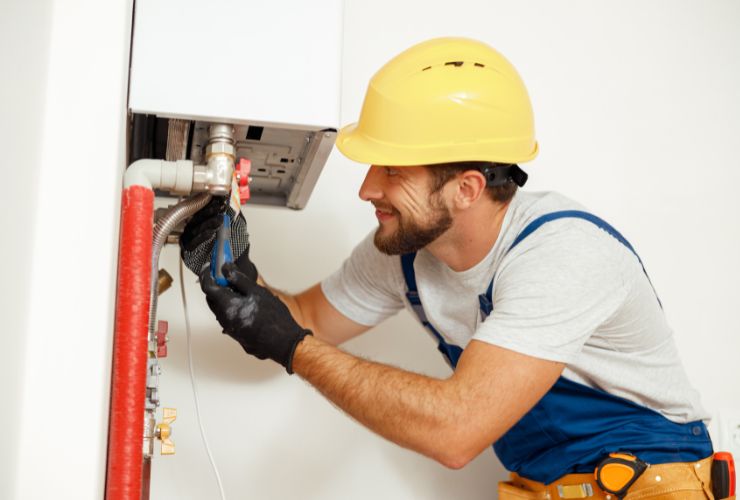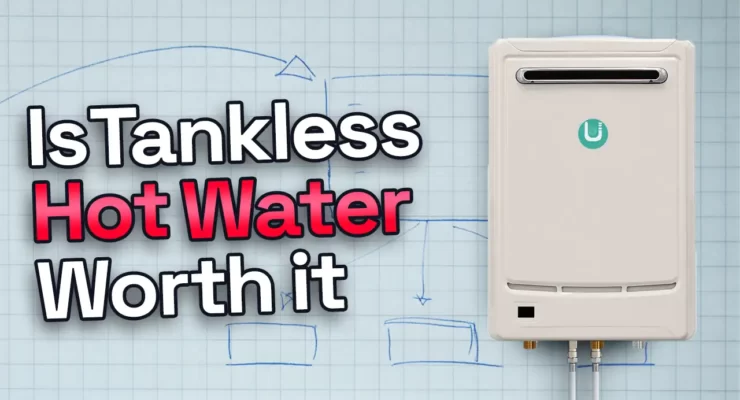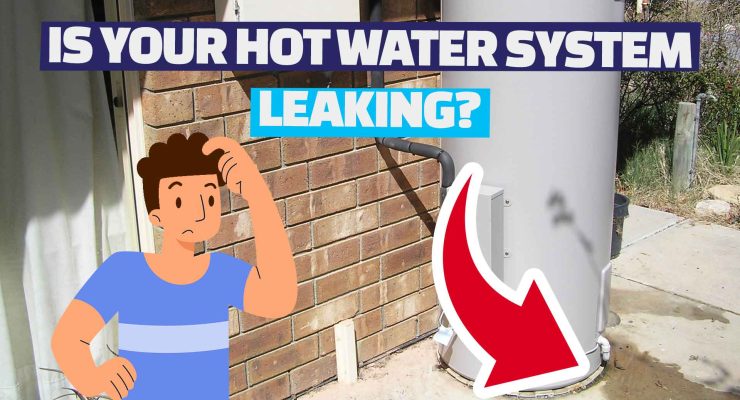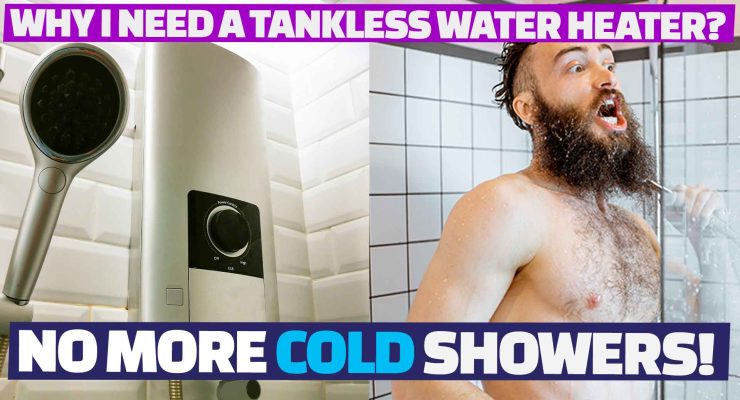Fast read
Tankless hot water systems, also known as on-demand or instant water heaters, heat water only as required instead of storing it in a tank.
They can be powered by gas burners or electrical resistance heating coils. Despite having a higher upfront cost, these heaters are more energy efficient than traditional water heaters and offer long-term savings.
They are compact, have low maintenance requirements, and provide an infinite supply of hot water. However, they might not be suitable for large households or locations requiring simultaneous hot water usage, and their installation can be more complex.
What is a tankless hot water system?
Tankless hot water systems, also known as on-demand or instant water heaters, are becoming more popular in new homes. This is because of their efficiency over long periods.
As their name suggests, a tankless hot water system heats the water as needed, rather than storing it in a tank, meaning you always have hot water, unlike other hot water heaters that use a storage tank to hold their hot water. A tankless hot water system will generate hot water when required by having cold water flow through the unit and heat the cold water instantly in the hot water unit. Then exit the hot water generating unit almost instantaneously at the desired heat.
Current technology
The technology currently in the market in Australia that can achieve this outcome is either a gas burner or electrical resistance heating coils. Both electric and gas models are widely available, with electric models being generally easier and cheaper to install.
Gas models can be a little more complicated to install, especially if the home still needs a gas supply. Most of the gas units are installed outdoors; if indoors, the unit will require venting. Government incentives are now in place to get consumers off the gas and into electricity generated by renewable energy generators such as wind or solar farms, as gas is still considered a fossil fuel, generating greenhouse gasses as it burns.

These systems can offer energy savings
Although these systems are considered more expensive to install in comparison to storage tank heaters. Their efficiency over long periods means that, over time, you will enjoy greater savings compared to an electric hot water storage tank system on mains power. If, on the other hand, you have solar PV and put the excess electricity into your HW storage tank.
The reason the storage tank on mains power is more expensive is that a standard electric tank is somewhat similar to a large kettle. So the ongoing reheating of the 200, 300 or even 400L of stored water will use quite a bit of electricity.
Let’s say you continue on a holiday for 3 weeks, and leave the storage tank on; to enjoy a hot shower straight away when you return from your lengthy trip. Then, every day, you will pay for electricity to heat a volume of water that is not used, just to be on standby.
If you use a tankless electric hot water system, over the three weeks, you would have had no energy cost for water heating. You only use electricity while the hot water gets used and runs through the unit. Please note while the hot water runs through the unit and the heating coils, a relatively high amount of power will be drawn. But only for the period you use the hot water.
So how exactly do tankless hot water systems work?
As the name suggests, a tankless hot water system doesn’t store water to provide you with hot water; water is heated as it flows through the unit and provides instantaneous hot water. An electric element heats the water in an electric unit, and in a gas-fired unit, a gas burner heats the water. As a result, tankless hot water systems deliver a constant hot water supply until one closes the tap.
A step-by-step explanation
- You turn on a hot water outlet (e.g. shower);
- The water heater unit detects the water flow;
- The flow sensor activates to determine the amount of hot water needed;
- The ignition sequence begins in gas-fired units, or the heating element turns on in electric units;
- The burner or heating element comes on, heating a heat exchanger;
- Cold water flows into the heat exchanger;
- The heat exchanger, in turn, heats the water to the desired temperature;
- The hot water is then sent to your hot water outlet, such as the shower;
- The burner or electric element modulates the heat output to keep the water temperature steady;
- When you turn off the hot water tap, the unit senses that the flow has stopped and shuts down, and the energy use stops immediately.

But there is more…
The amount of heat transferred to the water depends on the heat exchanger’s size and the heat source’s temperature. Tankless hot water systems provide hot water at 7.6 to 15.2 litres per minute. Gas-fired tankless hot water systems typically have larger heat exchangers than electric tankless hot water systems. They can heat water to a higher temperature while producing higher flow rates.
However, even the largest gas-fired model cannot supply enough hot water for multiple simultaneous uses in large households. Therefore, some homes install multiple tankless hot water systems connected in parallel for simultaneous demands of hot water.
You can also install separate tankless water systems for appliances that use a lot of hot water, such as a washing machine or dishwater in commercial settings, e.g. restaurants.
Should I get a tankless hot water system?
Like any large purchase for your home, there are pros and cons you should weigh before deciding to invest in a tankless hot water system. If you look at tankless hot water systems as an option for your home. Ensure you understand how they work and whether their functionality would suit your home.
Benefits
- Infinite hot water supply
- More energy-efficient than storage tank water heaters but less energy-efficient than heat pumps
- Smaller and lighter than storage tank water heaters. Therefore often installed in unit blocks on balconies or other suitable locations;
- It can last for many years, and units of close to 20 years are known;
- Low maintenance requirements.
Challenges
- Higher upfront and installation costs;
- They may not be able to provide enough hot water for large households or multiple simultaneous users;
- Requiring professional installation is common for all hot water systems.
- More complex to repair than storage tank water heaters if something goes wrong;
In summary
Overall, tankless water systems require less maintenance than conventional water heaters and are simple to use. They are also more efficient than traditional storage tank water heaters, as they only heat the needed water and do not lose heat as the water sits in a tank. Tankless hot water systems can save you money on your energy bills, especially if you have a large household or use a lot of hot water.



